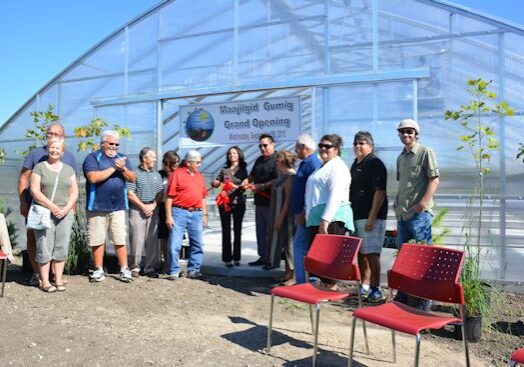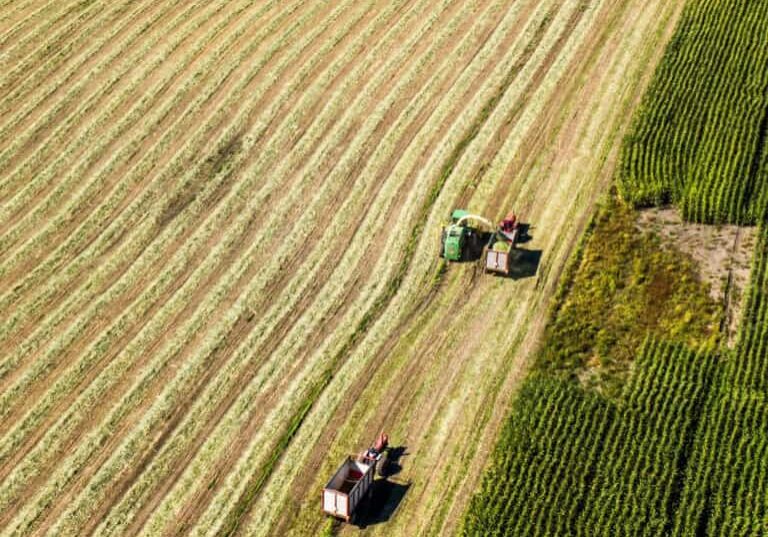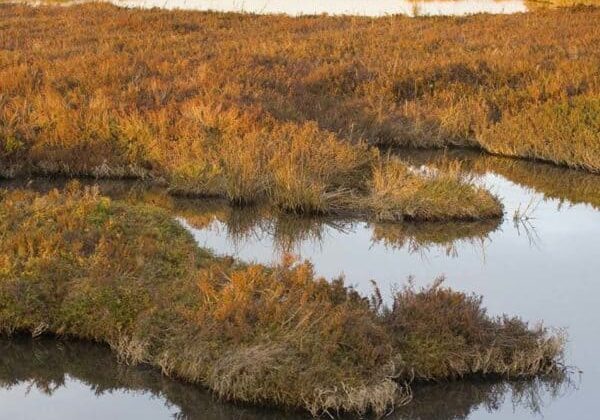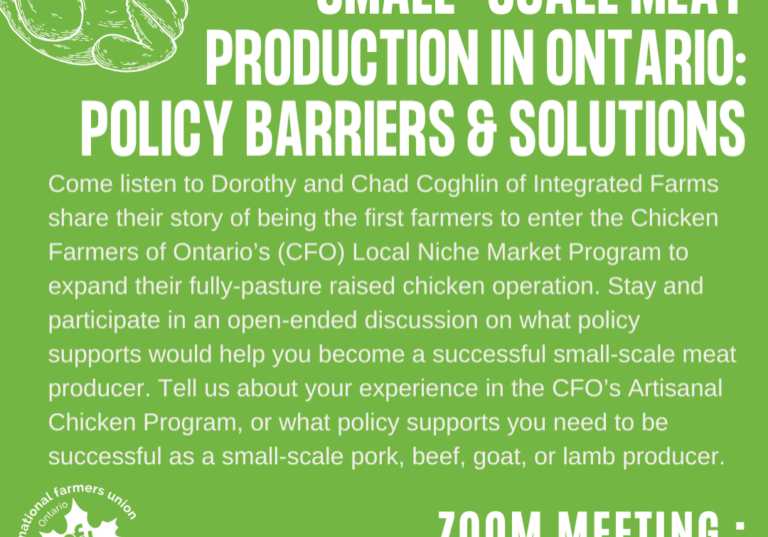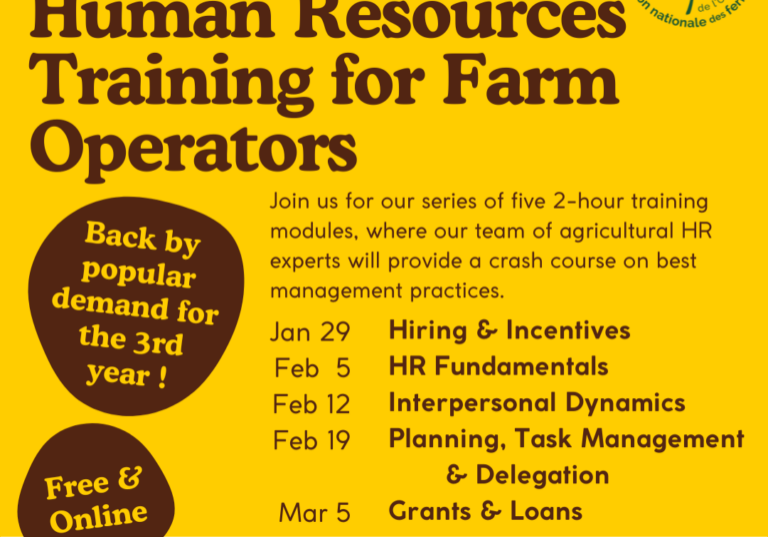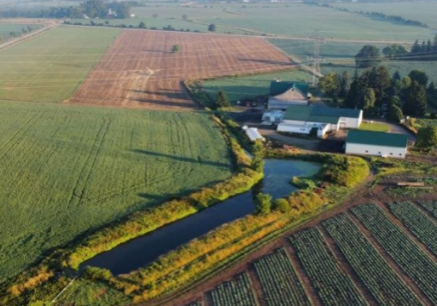The Pig, the whole Pig, and nothing but the Wild Boar
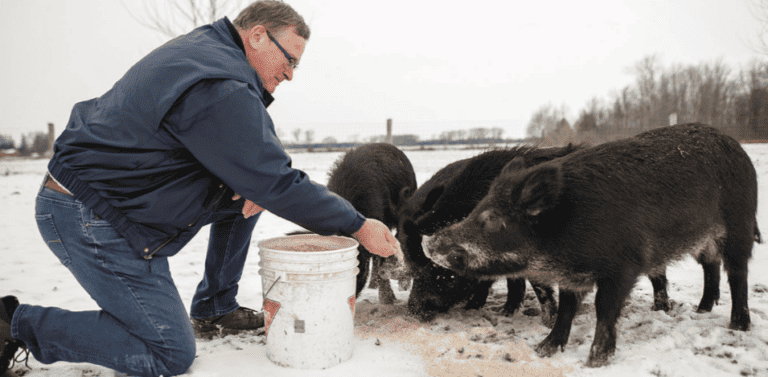
National Farmers Union – Ontario Newsletter
The Rural Voice | March 2022
It is common to see good articles written about the wild boar problem in Canada, with the words feral and pig thrown in, confusing the issue. We are talking about a type of pig, but the Ministry of Natural Resources (MNR) is not recommending that all pig farming be phased out in Ontario; they are talking specifically about wild boar, and we should too, when writing about the ban on wild boar that is being phased into Ontario right now, making it illegal to raise wild boar, or any cross breeds of wild boar, after Dec 31, 2023.
In the United States, with hurricane landings and more frequent tornadoes, they have a bigger problem with feral pigs – the truly domestic breeds of pigs that escape from the barn to find freedom in the wild. Feral pigs adapt to the environment, and look much like wild boar in a few short months; except that they grow a lot bigger, faster, and are more aggressive when cornered. Over use of selective breeding has done some funny things to animals, like the overly aggressive roosters who lost their instinctive courting dance; triggering an adaptive crouching response in the newer breeds of laying hens when they are approached, by anyone, too quickly.
There are a few isolated incidences of actual wild boar sightings in Ontario, and so far as we know, there is no endemic population established because of the careful monitoring and control of any accidental escape. The MNR compensation program in place (deadline to register for it was Nov 19, 2021) covers maybe half of the cost per animal, and is counted at a time when herds are at their lowest numbers, because they breed in October.
The established wild boar populations from the Prairies, slowly migrating across the country, are a different kind of problem, one that fuels much of the concern in Ontario. If it was the global markets that led to massive price instability, the unsustainable cost of keeping the wild boar fed and happy, and ultimately, to the release or escape of wild boar en mass in the prairies in the 1990s, why do we want to create more global and non-local markets by banning wild boar farming in Ontario?
Of the handful of wild boar farmers in Ontario, most have figured out how to keep them happy, so that they are not driven to escape. They’ve often exceeded the regulations that are already in place around wild boar farming, because they have a good market for the meat that keeps the operation profitable. There is also a lot of data from the U.S. on how to trap wild boar, with products like the “BoarBuster” available, that can be operated from a cell phone. There is a well-established, local, and stable market in the GTA for wild boar meat, which is incredibly flavourful and sought after.
Ontario Pork Producer, Fred DeMartines, notes the change in these animals when they are raised in comfortable captivity and have been given no reason to fear humans. They are much easier to trap, as the ones in Pickering were – they’d practically eat out of your hand. Just like goldfish are harmless in an aquarium tank, but destructive in the Hamilton Harbour, wild boar are certainly a problem in the wild and they do a lot of damage to crops and gardens and natural ecosystems. Yet, we still don’t have a specific problem of wild populations in Ontario, and wild boar have been raised here since 1992.
It would be relatively easy to continue to regulate wild boar farming in Ontario, as there are only about 5 -10 producers in the whole province. Nevertheless, the MNR consulting period, where these concerns were aired by the National Farmers’ Union and others, has passed, and the ban on wild boar trots along as planned.
Julie Fleischauer is a farmer in Perth County.
Click here to view the PDF version.
A subscription to The Rural Voice is one of the benefits of being an NFU-O member

